The following text is a slightly modified machine translation and may have some unnatural parts.
==Introduction==
The Iwami Ginzan Silver Mine in Omori-Town, Oda City is one of the world's leading silver mines. In the 16th century, Ouchi clan of Yamaguchi, Mori clan of Hiroshima, and Amago clan of Shimane fought over the silver mine.
Many Sengoku daimyos fought over the control of Iwami Ginzan. This legend seems to be the story of the 16th century. The silver produced from Iwami Ginzan traveled around the world and had a great impact on the world economy. This legend is about a mountain castle that protects the silver mine.

A model of Iwami Ginzan. The summit of the mountain in the foreground is Yamabuki Castle.
==Synopsis==
Near the Omori Ginzan, there was Yamabuki Castle protected by Amago. This mountain was also called a fortified mountain (Mt. Yogai) and was a natural fortified area. A crane settled in this Yamabuki castle someday. The crane was loved and friendly.
One year, Mori attacked Yamabuki Castle in large numbers in an attempt to steal the silver mine. However, Yamabuki Castle, which is also a natural bastion, did not fall easily. The battle became a long-term battle, and Mori was waiting for Amago to be exhausted.
It was one day. A crane was perched on the top of a tall pine tree in the castle, and each time the crane flapped, the height of the castle went up and down. Mori was surprised at the crane trying to protect the castle.
Mori, who was trying to attack the castle, became eerie atmosphere and went back and forth. The troubled Mori decided to summon the best bow master in the Mori army and shoot a crane. The master of the bow squeezed a bow that could only be pulled by a few people.
The arrow hit the crane without failing to aim. With that as a signal, Mori attacked and finally captured the castle.
After that, when a person climbed Mt. Yamabuki on the day when the castle fell, he heard the sound of swords cutting and the voice of samurai fighting. And those who heard the voice and sound could not return from the mountain alive.
It is said that the crane that tried to protect the castle with his life was buried generously, but they do not know where the crane's tomb is.
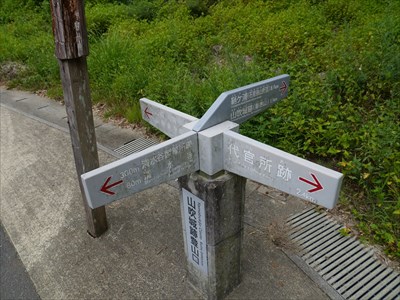
Information sign

Government office ruins
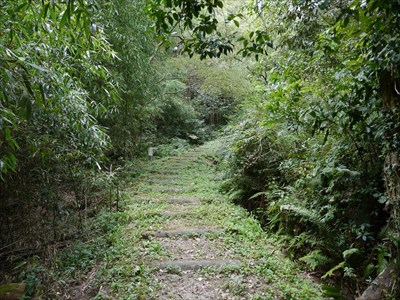
Mountain trail to Yamabuki Castle
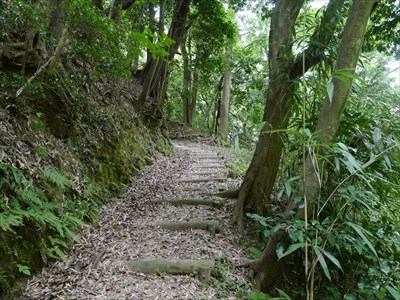
Mountain trail to Yamabuki Castle
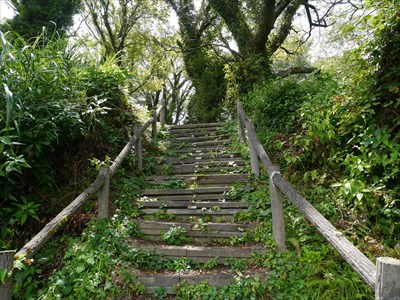
Stairs leading to Yamabuki Castle
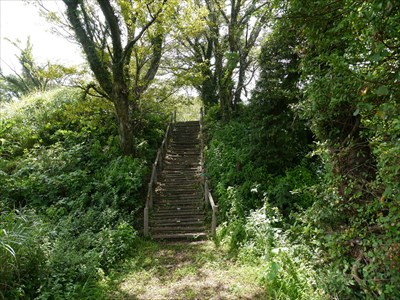
Stairs leading to Yamabuki Castle
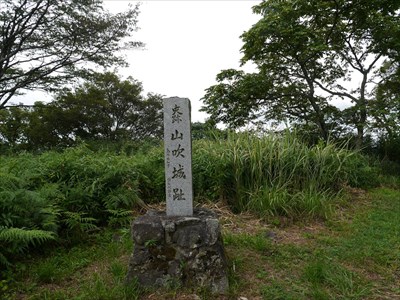
The summit of Yamabuki Castle
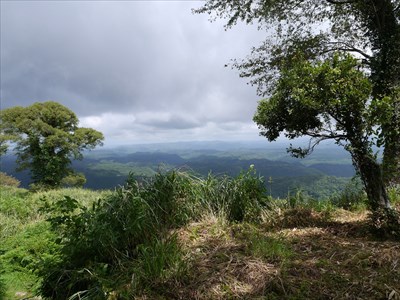
View from the summit of Yamabuki Castle
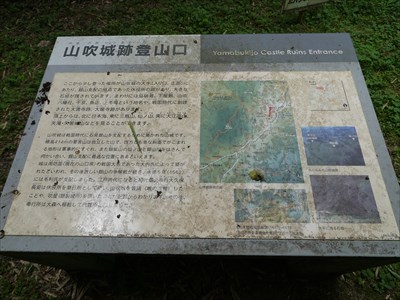
Commentary on Yamabuki Castle
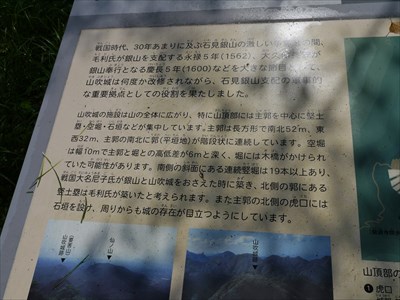
Commentary on Yamabuki Castle
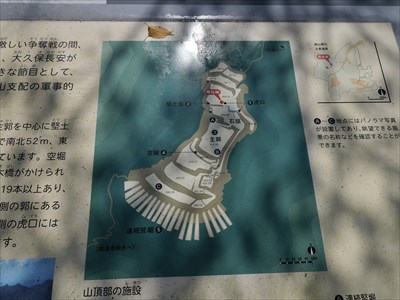
Commentary on Yamabuki Castle
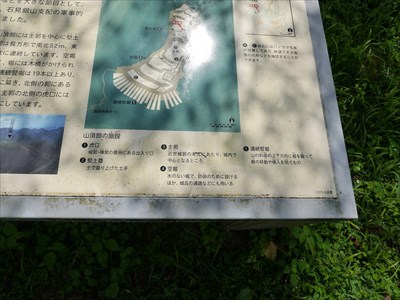
Commentary on Yamabuki Castle
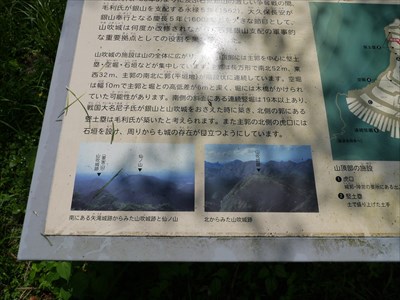
Commentary on Yamabuki Castle
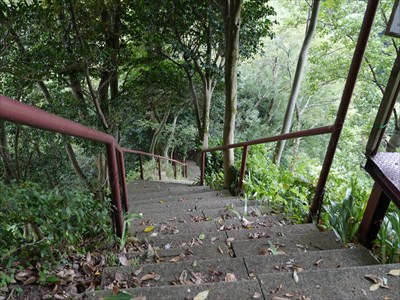
The way to turn back
==Digression==
It seems that it is actually said locally that you should not climb the castle on the day the castle fell.
I climbed Yamabuki Castle when I visited Iwami Ginzan in the summer of 2016. A long staircase continues from the middle, and the muscles of the legs hurt and become sick. On the way, it rained on the street and I hurriedly turned my digital camera into a backpack. I was afraid of heights because of the poor footing, so when I reached the summit, I went down the mountain without seeing it. I had run out of physical strength by that alone, and I was planning to go to Ryugenji mine and Sahimeyama Shrine, but I turned back on the way. I got sweaty in the summer and suffered from mosquitoes. It may be better to refrain from climbing mountain castle in the middle of summer.
==References==
- *『島根の伝説』(島根県小・中学校国語教育研究会/編, 日本標準, 1978)pp.25-27
- *『それぽっちり物語 石見銀山昔話伝説集』(大崎雪枝, 1976)pp.11-14